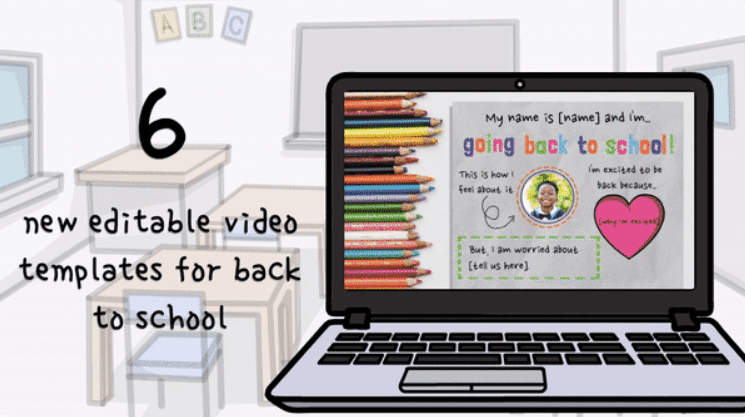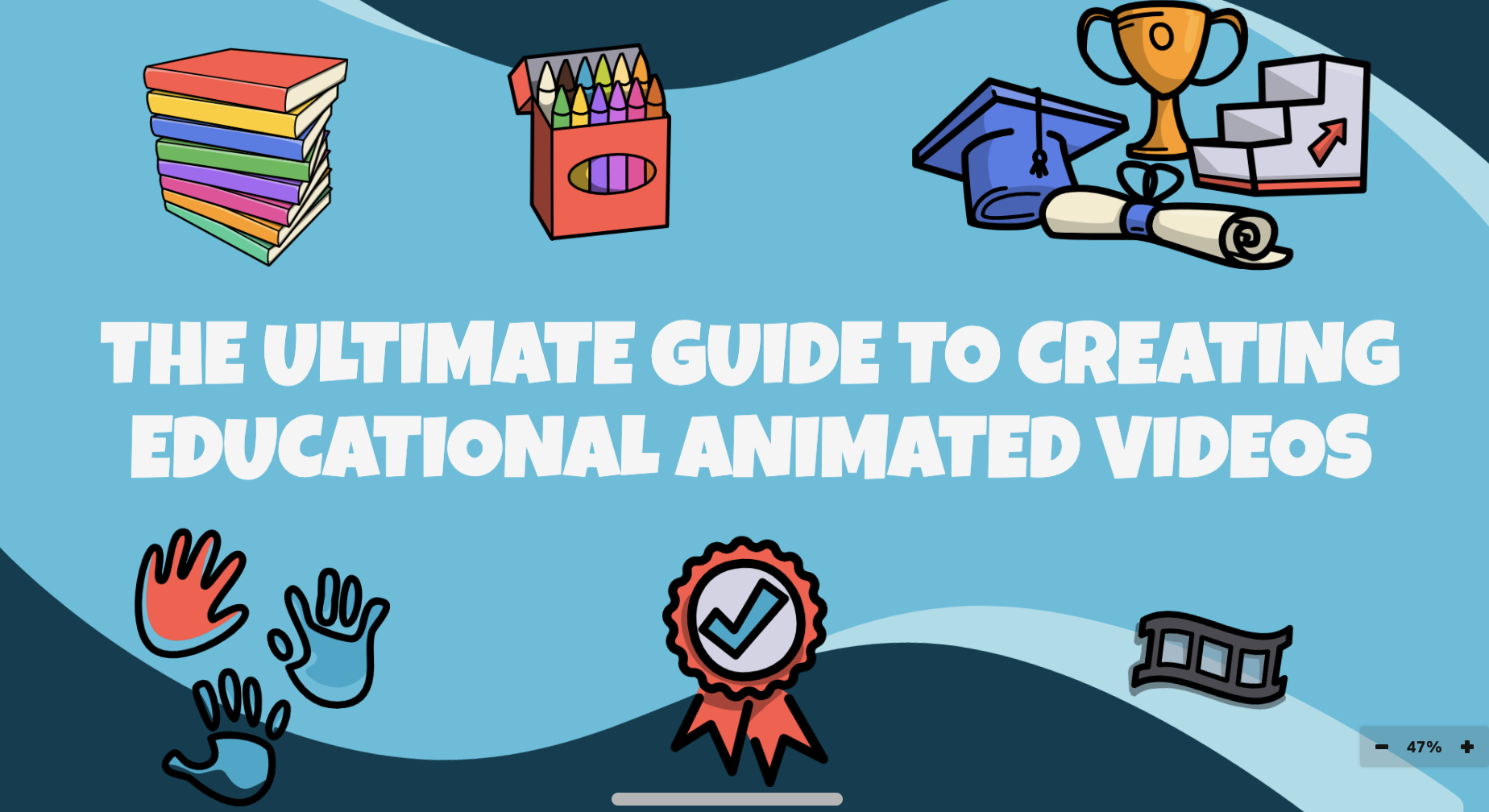It’s no secret that technology has guided the way we teach and learn significantly over the last two decades. Technology and digital media have quickly become a vital part of our daily lives but have also influenced the way we develop and understand the world around us. Following the COVID-19 pandemic, as education was forced to become all virtual, educators became even more reliant on digital tools to help them and their students. Many of these tools remain popular as the cultural landscape has become forever changed by the use of technology in teaching.
In this blog, we will explore some of the biggest trends in education technology and some of the tools that educators use to enhance their teaching. Read on to make sure you don't get left behind!
Before you explore these trends and tools why not try our educational tool with a 7-day free trial from VideoScribe.
Artificial IntelligenceThe latest technological boom has been the use of AI in everyday life, and teaching is no exception. Since the launch of ChatGPT’s open AI chatbot platform in late 2022, AI tools have been embraced in schools and workplaces worldwide. While fears that AI could usurp teachers entirely remain, the desired aim is to incorporate AI alongside teaching to assist both students and teachers.
We’re still discovering the possible uses of AI within education however several benefits have already been identified. AI can provide students with differentiated and individualized learning that’s suited to their needs and personal learning styles. This improves access to resources for students, making learning more universal and enhancing creativity and productivity. Additionally, AI can provide tutoring and support outside of lessons. To students struggling with homework or test preparation, AI could be a great benefit as tutoring and studying programs are becoming more advanced thanks to artificial intelligence.
Outside of the classroom, AI can also provide the automation of time-consuming administrative tasks for educators. Institutions are already looking into how AI could help streamline processes such as grading papers as well as create more efficient enrolment and admissions processes. Altogether, the demand for AI-powered work environments is only looking to grow.
Virtual Reality & Augmented RealityVirtual Reality and Augmented Reality are two technology trends in education that have been rapidly gaining traction. AR enhances a user's reality by adding virtual elements, to the real world while VR presents an entirely virtual reality for the user to explore. VR and AR can transform learning into immersive experiences that allow students to enter into new environments with endless possibilities. The use of VR headsets allows a student to be fully immersed in a new environment, improving their attention span greatly. VR and AR can also provide real-world settings where learning can be enhanced through immersive role-play with the unparalleled feeling of actually ‘being there’.
Students can also enhance their learning through the exploration of VR and AR. Conduct virtual field trips, travel through space or to the bottom of the ocean, inspect the detailed brushstrokes of a Van Gogh masterpiece, or investigate the human body by traveling inside it! VR has also proven to be an effective tool for students with learning difficulties, helping to provide a more accessible learning experience to students overall.
This UK School is already using VR in a range of subjects .
Gamification
Gamification is the process of applying interactive game-like elements to teaching. This has become increasingly popular as gaming and the gaming industry continue to dominate youth culture. Gamification can offer many benefits to learning by boosting motivation and making learning more fun and engaging. Students may be more excited to complete lessons to earn rewards for an in-game avatar or interested in tracking their progress by completing levels or tasks. Generally, gamification increases a student's enjoyment and participation and improves knowledge retention. Gamification also allows students to test their new knowledge and hone their skills in a unique setting away from the typical exam environment.
On-demand Learning
Since the pandemic, there has been an increase in the desire for more flexibility in learning through on-demand access to learning resources. Video is one of the most popular media forms, as continuously proven by the popularity of platforms such as YouTube and TikTok, and their use by educators as a learning tool. Video learning offers the flexibility of on-demand access as well as the adaptability to be tailored to specific subjects or topics.
Video learning is also compatible with microlearning, which focuses on bite-sized, interactive lessons. Many of VideoScribes' education templates focus on breaking down information to make it more digestible and understandable. The repeatability of video also makes it effective in self-paced learning. Recent studies have found that video is more effective at skill-building and enhancing learning than other forms of learning media. Overall, video-assisted learning is set to continue to rise in popularity due to its value, accessibility, and ease of use for both educators and students.
Our Lesson Overview Template is fully customizable and repeatable
Technology is a fast-paced and constantly evolving landscape, and often education can struggle to keep up. By staying informed on technology trends and regularly integrating them into lessons, educators can ensure that their teaching is being presented in the most effective and engaging ways and foster success among their students. Consider embracing one or more of these trends in your next lesson plan. You could even get a little help from VideoScribe with our 7-day free trial.

.png)



![How to create animation magic [3-part guide to video success]](https://blog.videoscribe.co/hubfs/How%20to%20create%20animation%20magic%20guide%20VideoScribe.png)




COMMENTS